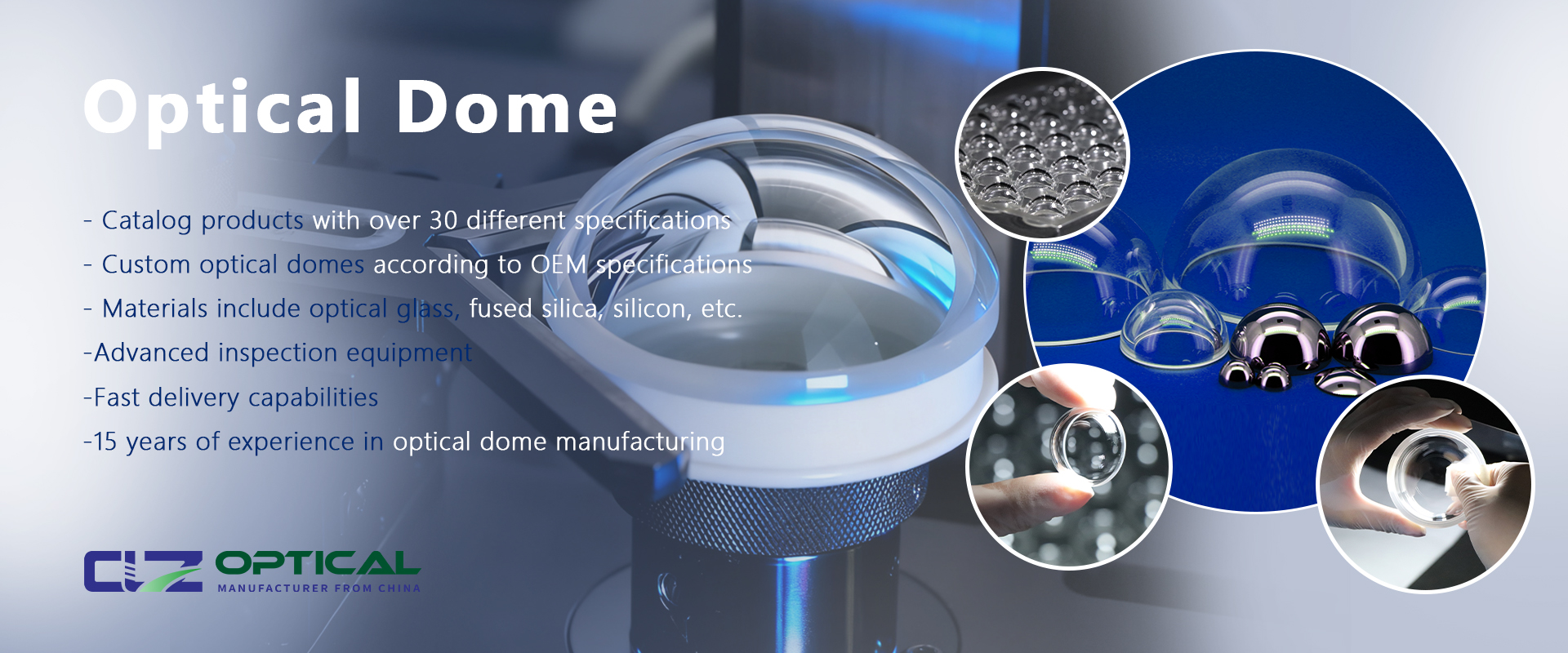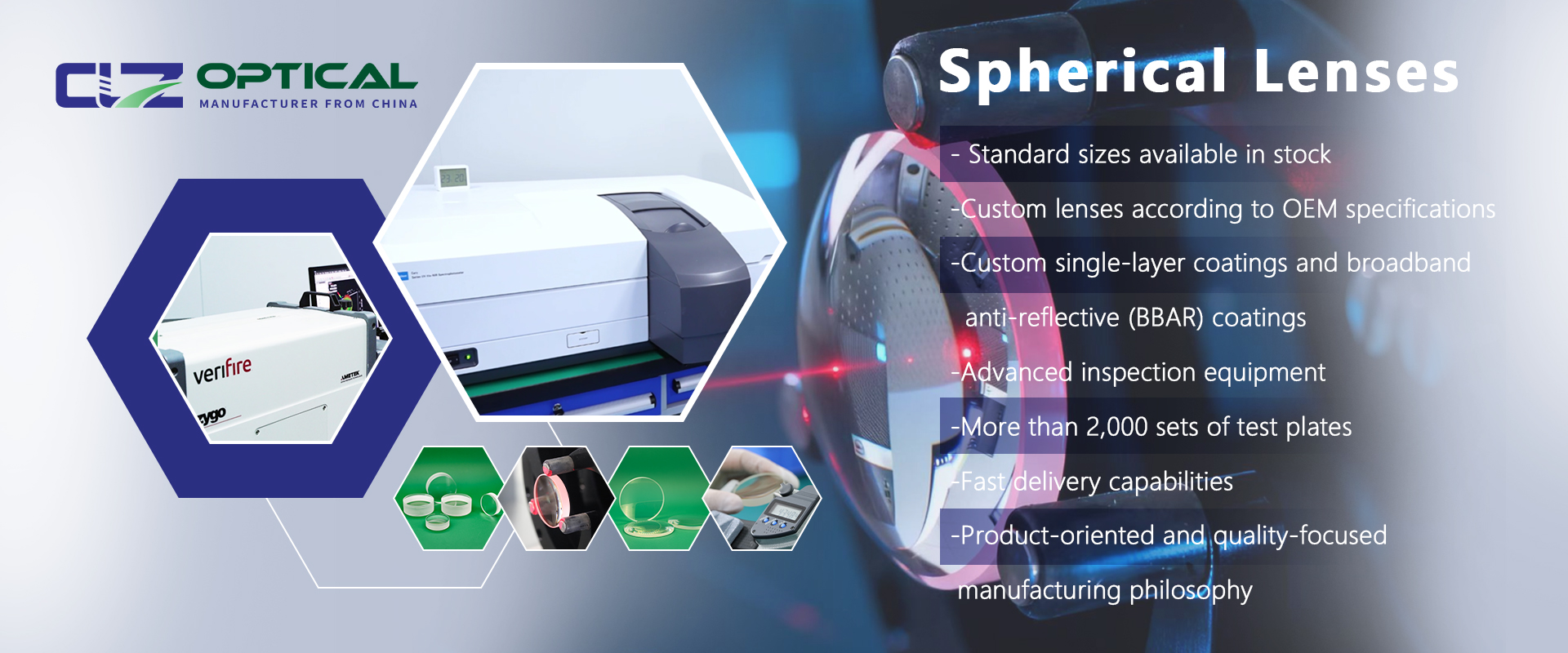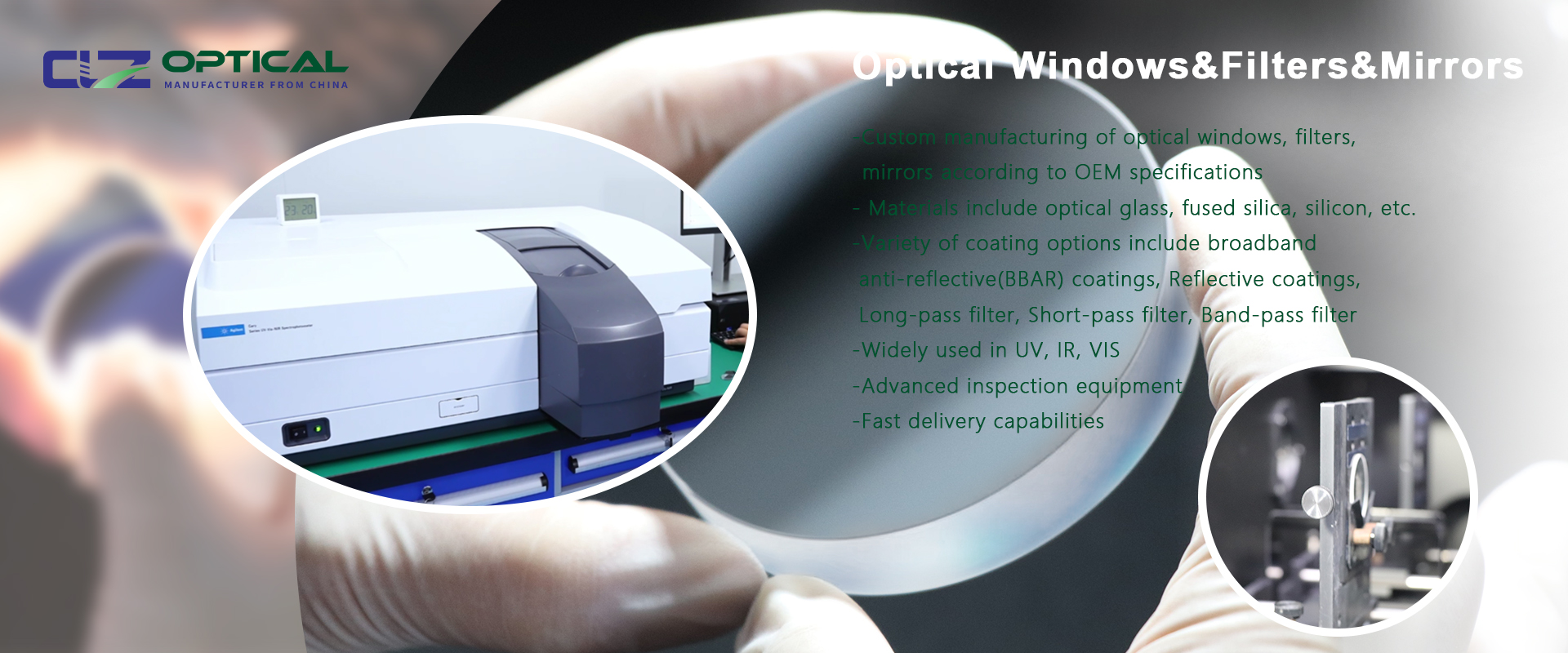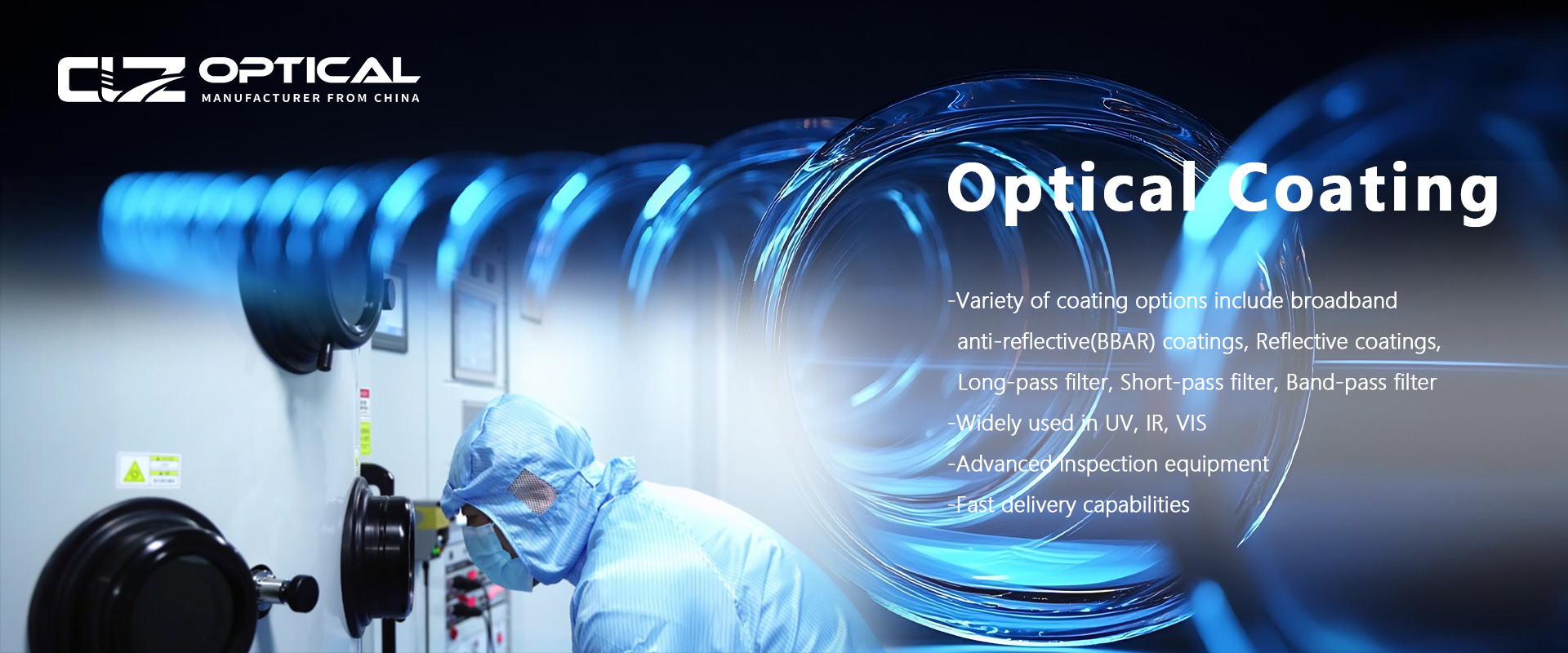What is the Difference Between Cylindrical Lens and Plano Convex Lens?
Aug. 08, 2024
The Plano spherical lens acts symmetrically on the incident light in both directions, while the convex cylindrical lens acts in only one direction on the incident light.
What is a Cylindrical Lens?
A cylindrical lens is a type of lens that focuses light into a line rather than a point. Unlike spherical lenses, which have curvature in all directions, cylindrical lenses have curvature in only one direction. This unique characteristic allows them to focus light along a single axis, making them ideal for applications that require light to be spread out or focused into a line.
Key Features of Cylindrical Lenses
- Unidirectional Curvature: Cylindrical lenses have a curved surface in only one direction, creating a line focus.
- Line Focus: These lenses focus light into a line rather than a point, which is useful in applications like laser scanning and barcode readers.
- Corrects Astigmatism: In optical systems, cylindrical lenses are often used to correct astigmatism by compensating for the cylindrical aberration of the system.
Common Applications of Cylindrical Lenses
Cylindrical lenses are widely used in applications where light needs to be focused or dispersed in one direction. Some common uses include:
- Laser Scanning Systems: Cylindrical lenses focus laser beams into a line for scanning and imaging applications.
- Astigmatism Correction: In eyeglasses and optical devices, cylindrical lenses are used to correct astigmatism by compensating for unequal curvature in the eye.
- Barcode Readers: These lenses are used to focus the scanning beam into a line, making it easier to read barcodes.
Understanding Plano Convex Lenses
What is a Plano Convex Lens?
A plano convex lens is a spherical lens with one flat (plano) surface and one convex (outward-curving) surface. These lenses are designed to converge light to a point, making them ideal for applications that require focusing light. Plano convex lenses are among the most commonly used lenses in optical systems due to their simplicity and effectiveness.
Key Features of Plano Convex Lenses
- Spherical Curvature: The convex side of the lens has a spherical curvature that allows it to focus light into a point.
- Point Focus: Plano convex lenses converge parallel light rays into a single focal point, which is essential for many imaging and focusing applications.
- Low Aberration: When used with the curved side facing the light source, plano convex lenses minimize spherical aberration, improving image quality.
Common Applications of Plano Convex Lenses
Plano convex lenses are versatile and widely used in various optical systems. Some common applications include:
- Imaging Systems: These lenses are used to focus light onto a detector or film in cameras, microscopes, and telescopes.
- Laser Collimation: Plano convex lenses are used to collimate light from a laser diode, converting divergent beams into parallel beams.
- Illumination Systems: They are often used in lighting applications to focus or diffuse light, enhancing the efficiency of the system.
Comparing Cylindrical and Plano Convex Lenses
Focus and Light Manipulation
The primary difference between cylindrical and plano convex lenses lies in how they manipulate light. Cylindrical lenses focus light into a line, making them suitable for applications requiring linear focus, such as laser scanning or astigmatism correction. In contrast, plano convex lenses focus light into a point, making them ideal for imaging systems and applications that require precise focal points.
Surface Curvature
Cylindrical lenses have curvature in only one direction, which is why they focus light into a line. On the other hand, plano convex lenses have a curved surface in all directions on one side, leading to a point focus.
Applications
Cylindrical lenses are typically used in specialized applications where light needs to be shaped in one dimension, such as in barcode readers and laser systems. Plano convex lenses, with their ability to focus light to a point, are more versatile and used in a broader range of applications, including imaging and illumination.
Cost and Availability
Generally, plano convex lenses are more widely available and less expensive due to their broad use in various industries. Cylindrical lenses, being more specialized, can be more costly and harder to source, depending on the required specifications.
Which Lens Should You Choose?
Choosing between a cylindrical lens and a plano convex lens depends on the specific requirements of your application. If your project involves focusing light into a line or correcting astigmatism, a cylindrical lens is the way to go. On the other hand, if you need to focus light to a point, as in imaging or laser applications, a plano convex lens will be more suitable.
Conclusion
Understanding the differences between cylindrical lenses and plano convex lenses is crucial for selecting the right lens for your optical system. Cylindrical lenses focus light into a line, making them ideal for applications like laser scanning and astigmatism correction, while plano convex lenses focus light to a point, making them versatile for imaging and illumination tasks.
If you're looking for a reliable supplier of cylindrical or plano convex lenses, or need more information about their applications, feel free to contact us for expert advice and high-quality products.
FAQs
1. Can cylindrical lenses be used in imaging systems?
Yes, cylindrical lenses can be used in imaging systems, particularly for applications that require focusing light into a line, such as in certain types of scanners or cameras.
2. Are plano convex lenses better for laser applications?
Plano convex lenses are commonly used in laser applications to focus or collimate laser beams, making them a popular choice for these tasks.
3. What is the main advantage of using a cylindrical lens?
The main advantage of a cylindrical lens is its ability to focus light into a line, which is essential for applications like laser scanning and astigmatism correction.
4. Can I use a plano convex lens to correct astigmatism?
No, plano convex lenses are not suitable for correcting astigmatism. Cylindrical lenses are specifically designed for this purpose.
5. Where can I find a supplier of high-quality cylindrical and plano convex lenses?
You can find a reliable supplier of high-quality cylindrical and plano convex lenses by contacting us. We offer a wide range of lenses to meet your optical needs.





















